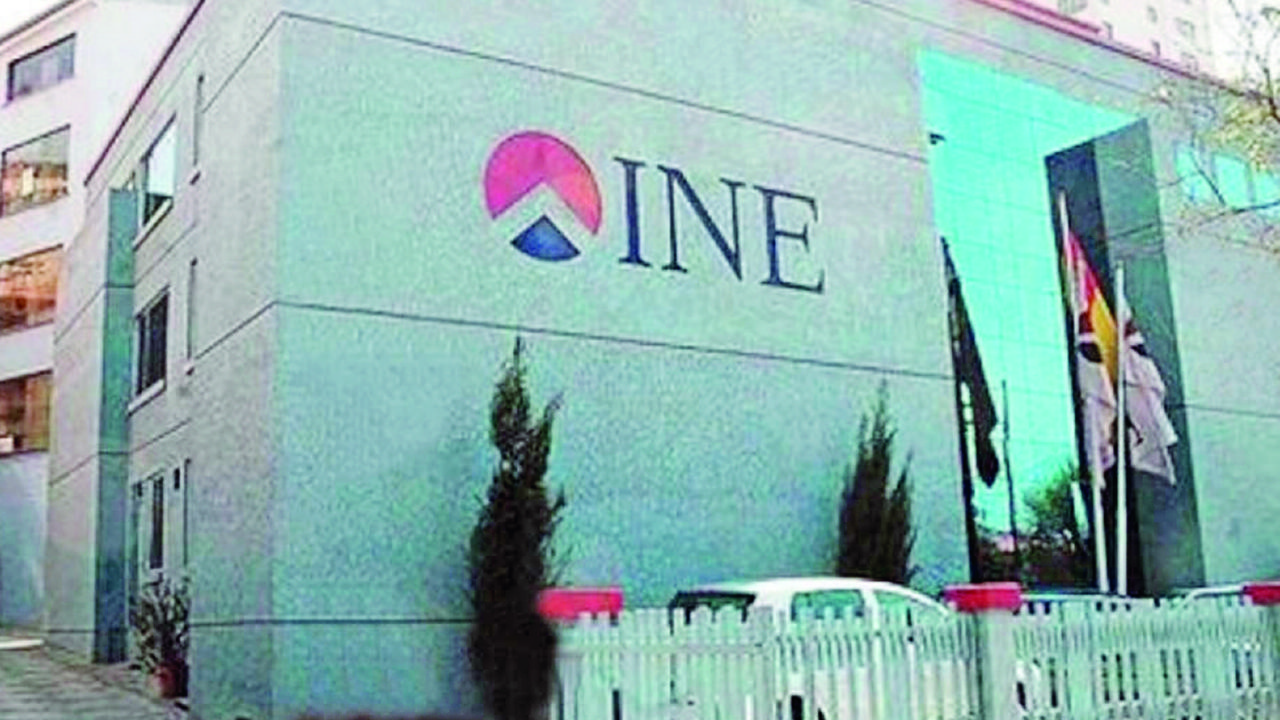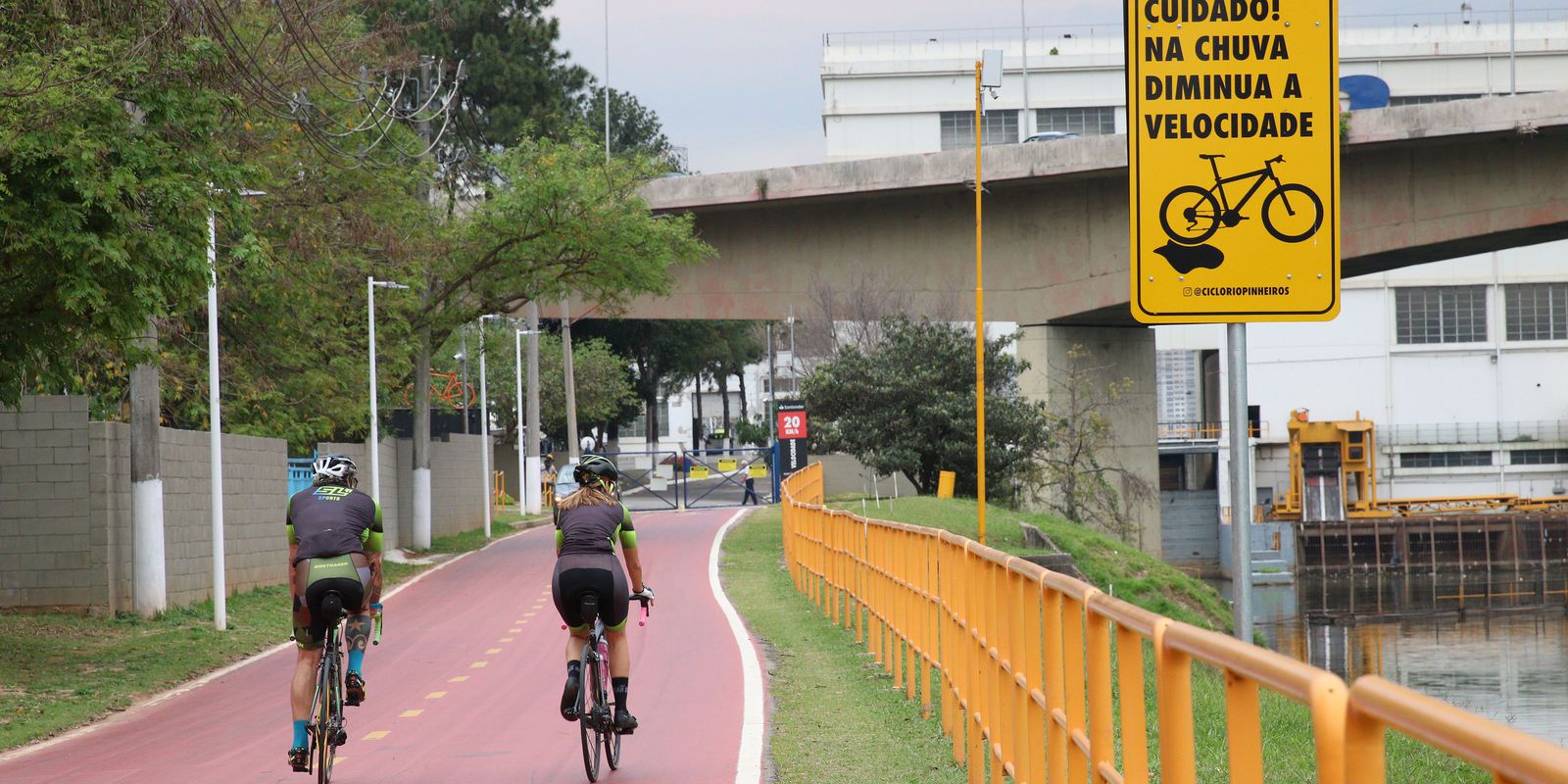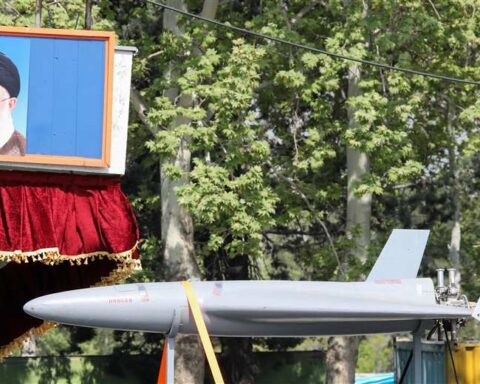Page Seven / La Paz
Cartography, the census ballot and more information are the issues that most concern the regions in the face of the Population and Housing Census that is scheduled for November 16.
Manfredo Bravo, spokesman for the Gabriel René Moreno Autonomous University, which is part of the Santa Cruz Interinstitutional Commission, explained that the department’s main observation is the lack of information on the census. “We want them to send us the information, for the university, the departments and autonomous entities it is essential that the census be carried out, meeting the technical requirements. The information from the census will be used to plan and design public policies. We don’t even know if the cartographic information that is being collected is done properly”, he indicated.
Santa Cruz considers that the cartographic update is crucial, since the 2012 census was carried out with the information from 2001. “If there is no good cartography, there may be populations without census and that should worry municipalities and communities. In 2012 there were more than 30 communities without census and that affected municipalities in their income”, he specified.
Santa Cruz also hopes to know the census ballot that must comply with an international standard, but until now it is not known how it is being considered to make suggestions and observations.
The mayor of El Alto, Eva Copa, stated that the 2022 census is required because that city needs more economic resources due to population growth, which demands more investment to respond to neighborhood requirements.
That city still receives resources based on the 2012 census, despite having more population. “We need to do the census because we need more economic resources, we need to invest in works (…) we don’t have money to make a renovation that the city requires. We continue to receive resources based on the 2012 census, since we have grown to more than one million inhabitants”, he stressed.
Rury Balladares, municipal secretary of Institutional Management of El Alto, argued that it is necessary for the inhabitants to be registered in El Alto, since if people go to their provinces they will reduce the budget of their children and the population of the city.
The mayor of La Paz, Iván Arias, demanded that the census be equitable and fair with updated cartographies, be carried out in consensus and generate credibility so that La Paz does not lose resources due to tax sharing, as happened with the 2012 census.
“This has political consequences, there are departments that are going to win and there are departments that are going to lose deputies. The census cannot be launched like this, without prior agreement that leads us to a fiscal pact, that leads us to a political pact,” Arias remarked.
Expert: Cartographic updating is a complex process
Yury Miranda, former director of the National Institute of Statistics (INE), from a technical and professional point of view in statistics, observed that the cartographic update, when there are only a few months left for the census, is a complicated process due to the information that must be collected.
He explained that a sweep of the entire country must be done and previously have a mapping in which census zones are defined. “For example, in the previous census of 2012, a breakdown was made by blocks and the publication is made by community, provinces, departments. There are 20,000 communities in Bolivia, imagine going through that in 90 to 100 days is complicated. There are places where mobility cannot be reached”, he warned.
He added that due to the state bureaucracy, even the hiring of enumerators and drivers is complex.
“In the previous census, the cartographic update was done in a year and a half, and at this time the socialization of the ballot was already done because the census was on November 26. Doing the field operation is complicated,” he said.
In the cartography, the number of dwellings and households is taken into account, and to carry out the census this work must be adequate, so that on that day the 300,000 enumerators do it and it is possible to plan where they will go and how many there will be.








